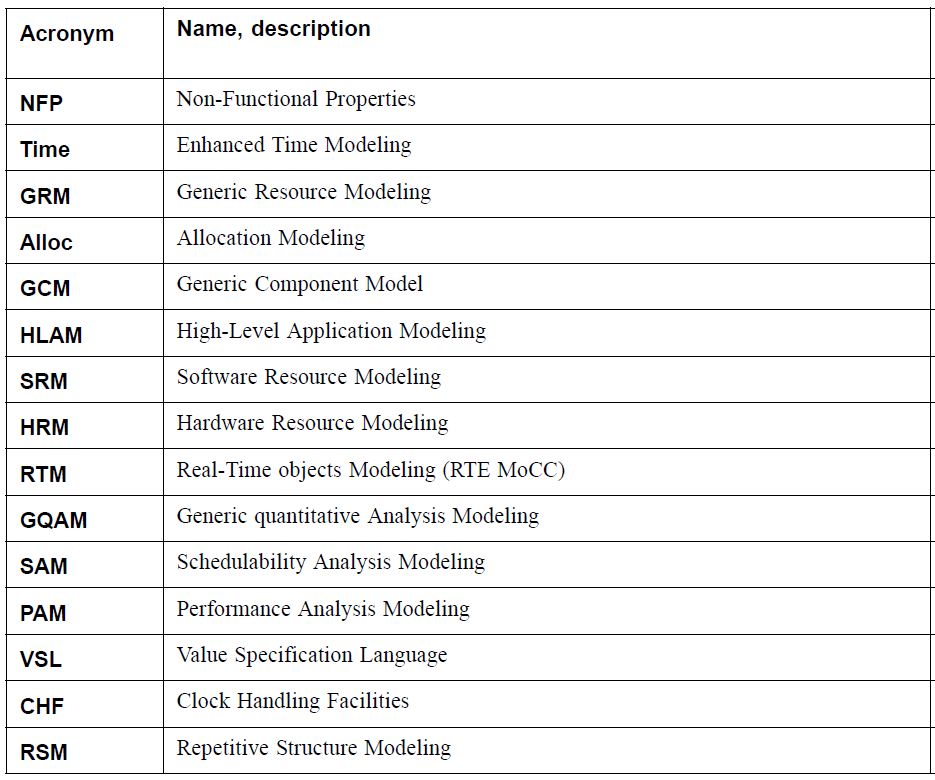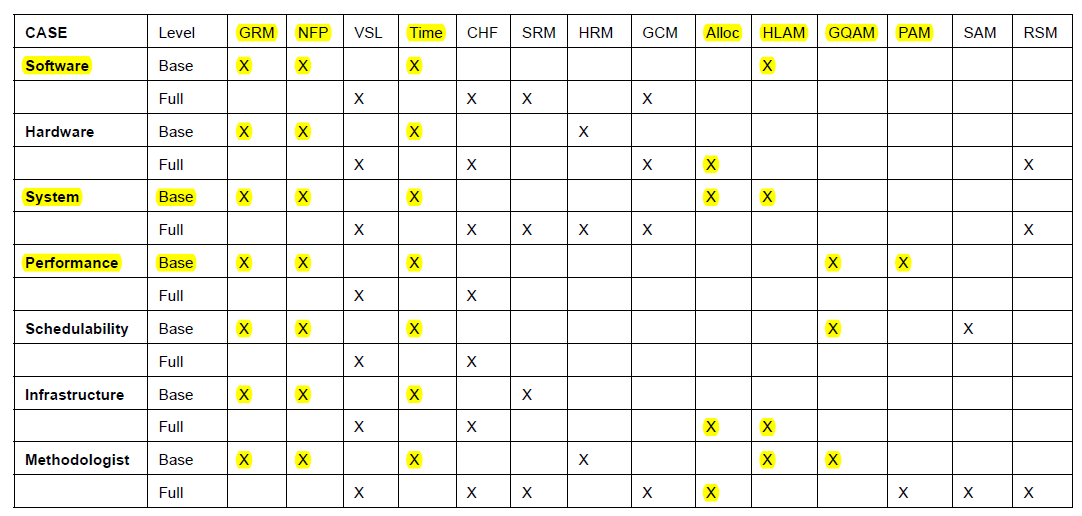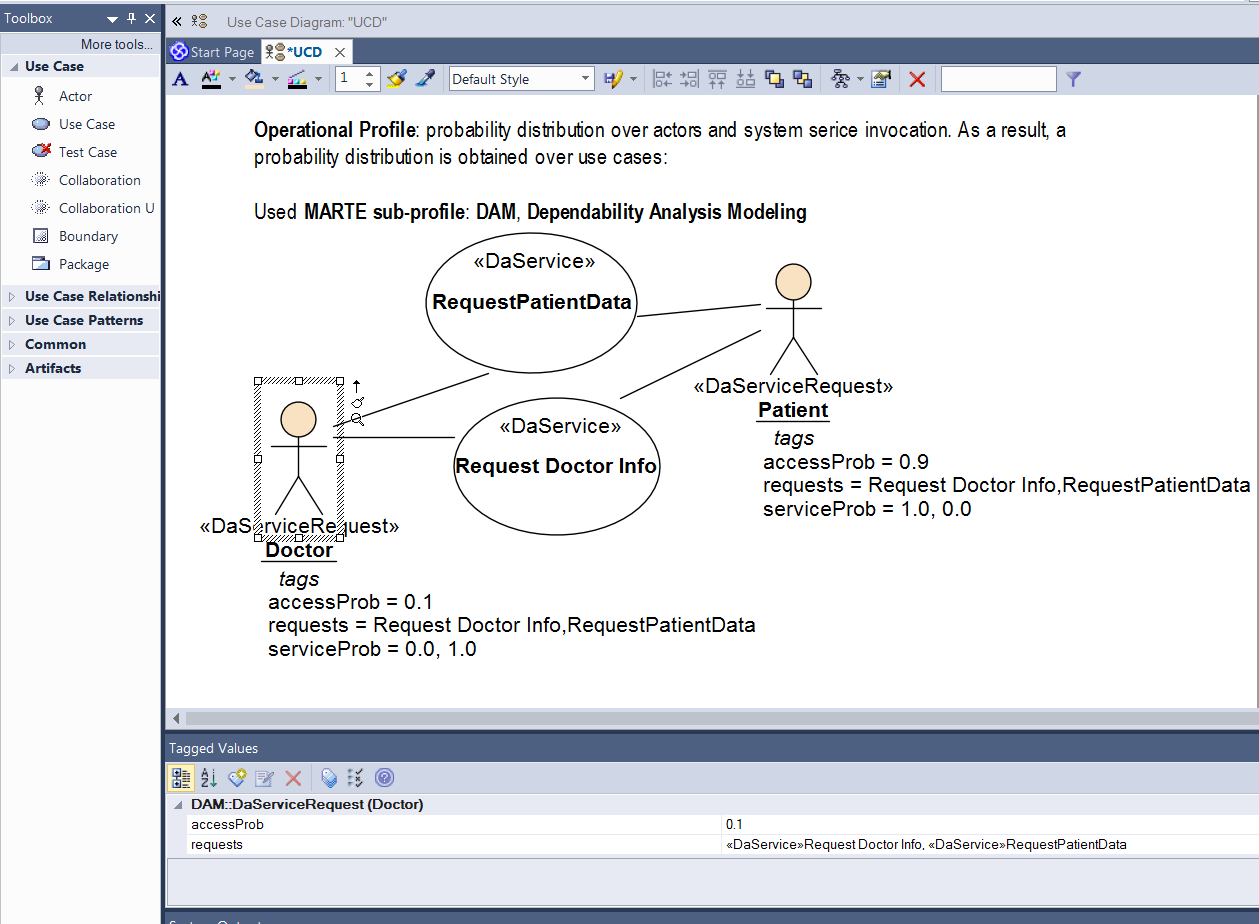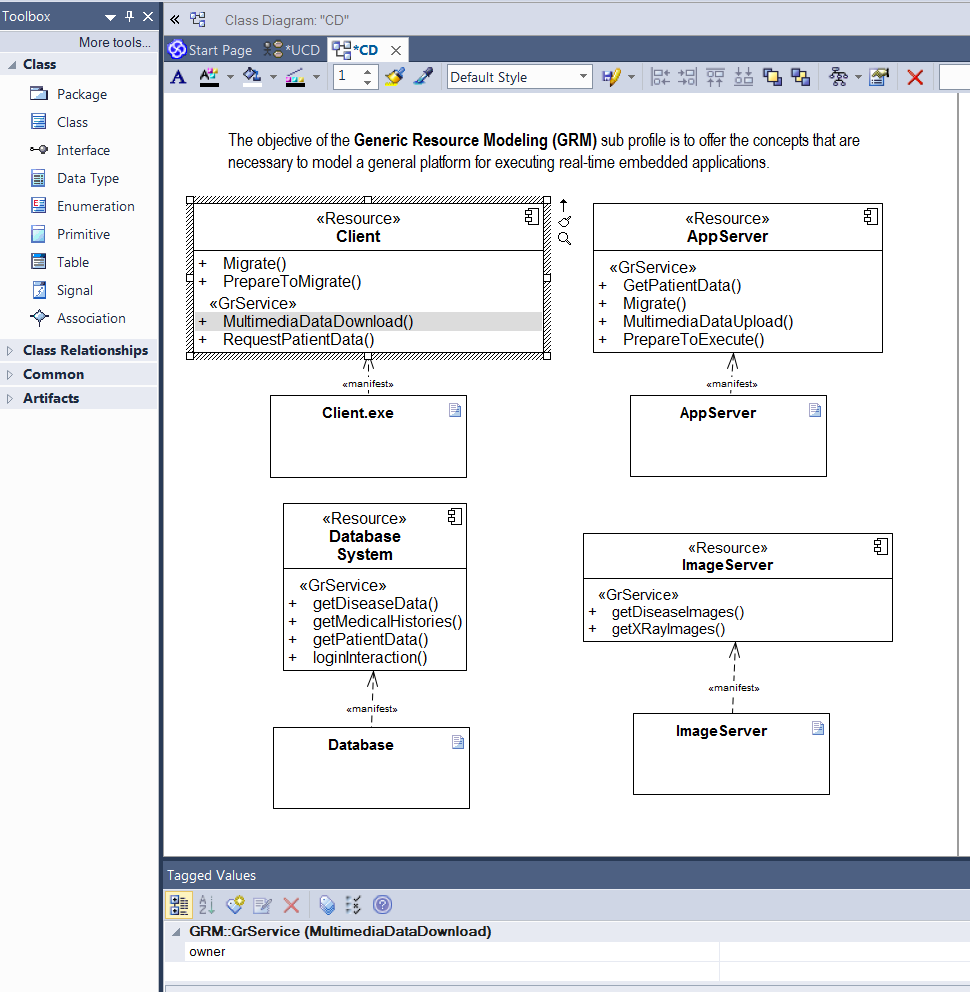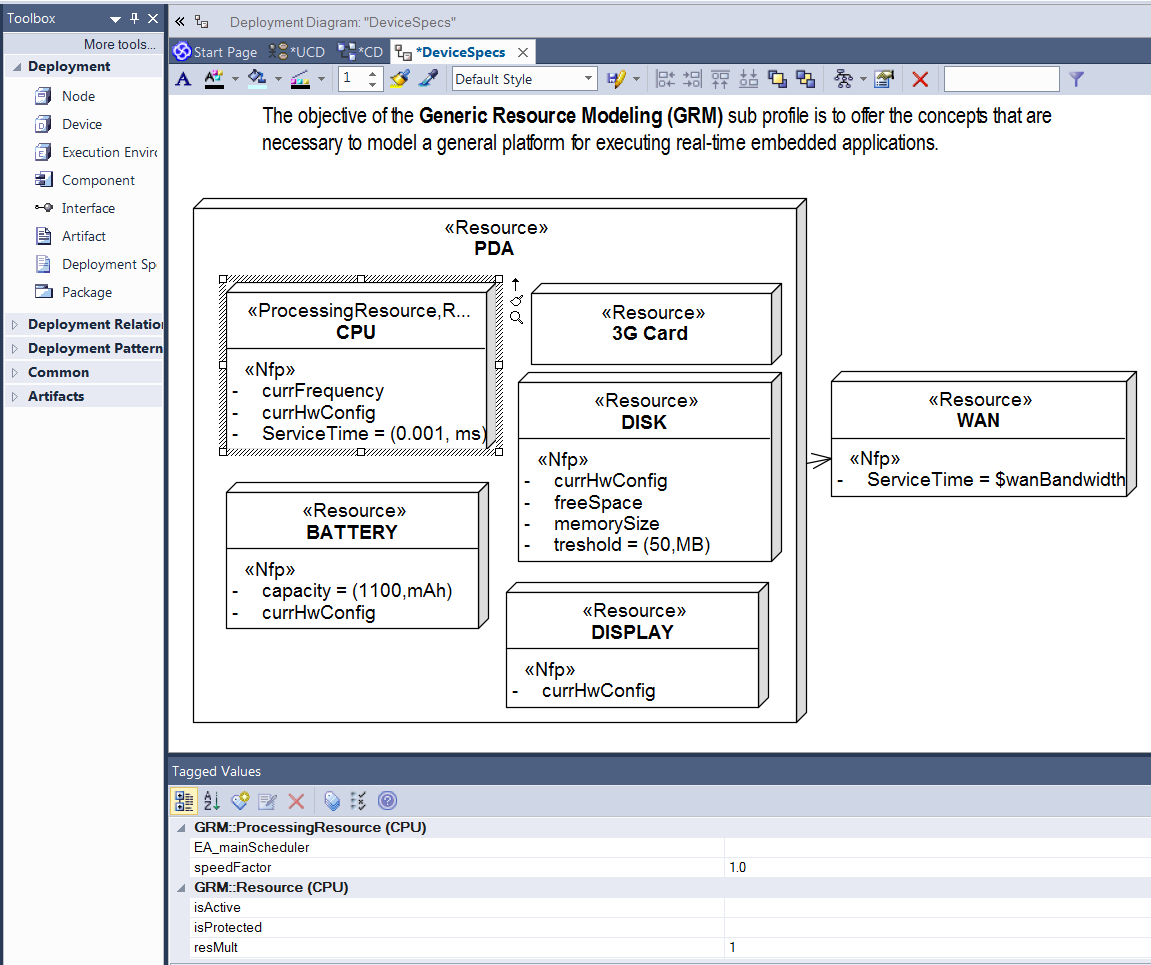The UML Profile for MARTE: Modeling and Analysis of Real-Time and Embedded Systems
MARTE profile adds capabilities to UML for model-driven development of Real Time and Embedded Systems (RTES). This extension provides support for specification, design, and verification/validation stages.
MARTE consists in defining foundations for model-based description of real time and embedded systems. These core concepts are then refined for both modeling and analyzing concerns. Modeling parts provides support required from specification to detailed design of real-time and embedded characteristics of systems. MARTE concerns also model-based analysis. In this sense, the intent is not to define new techniques for analyzing real-time and embedded systems, but to support them. Hence, it provides facilities to annotate models with information required to perform specific analysis. Especially, MARTE focuses on performance and schedulability analysis. But, it defines also a general framework for quantitative analysis which intends to refine/specialize any other kind of analysis.
Enterprise Architect Support for MARTE
The MARTE profile consists of separated UML profiles and Model Libraries referred as Extension Units and are listed in Table 1
Table 1: Extension Units Defined
Table 2 shows the Compliance Cases (Software Modeling, Hardware Modeling, System Architecting, Performance Analysis, Schedulability Analysis, Infrastructure Provider, Methodologist) as defined by the MARTE standard. Addtional information about the MARTE profile, Extension Units and Compliance Cases can be found at http://www.omgmarte.org/ and the official OMG MARTE specification can be downloaded at http://www.omg.org/spec/MARTE/1.1/
Table 1: Extension Units that must be supported in each Compliance Case
We currently support a subset of MARTE Extension Units (GRM, NFP, Time, Alloc, HLAM, GQAM, PAM) and, then, a subset of Compliance Cases (Software Modeling/Base, System Architecting/Base, Performance Analysis/Base).
We are actively working to implement all the Extension Units and support all the Compliance Cases in the next months.
Moreover, we intend to extend the MARTE profile for the sake of dependability analysis with an additional Extension Unit, Dependability Analysis Modeling (DAM). Additional information about DAM are available at www.sce.carleton.ca/faculty/petriu/papers/SOSYM09-prepub.pdf
Model-analysis approaches adopting MARTE and DAM can be found at http://ceur-ws.org/Vol-553/paper3.pdf
EA Screenshots
Figure 1: Operational Profile modeling with DAM (Use Case Diagram).
Figure 2: Software Resource and Service modeling with MARTE GRM (Component Diagram).
Figure 3: Hardware/Platform Resource modeling with MARTE GRM (Deployment Diagram)
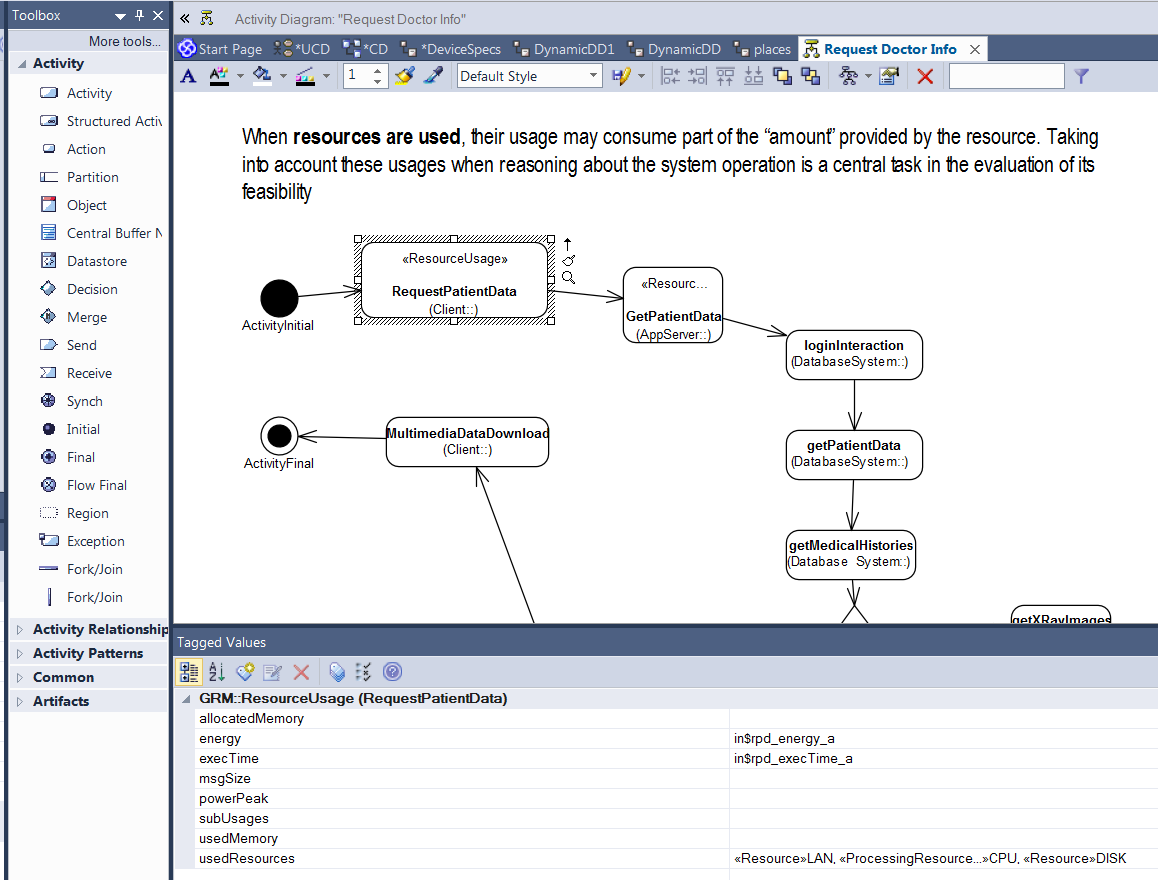
Figure 4: Software Behavior Modeling with resource demands (Activity Diagram).

